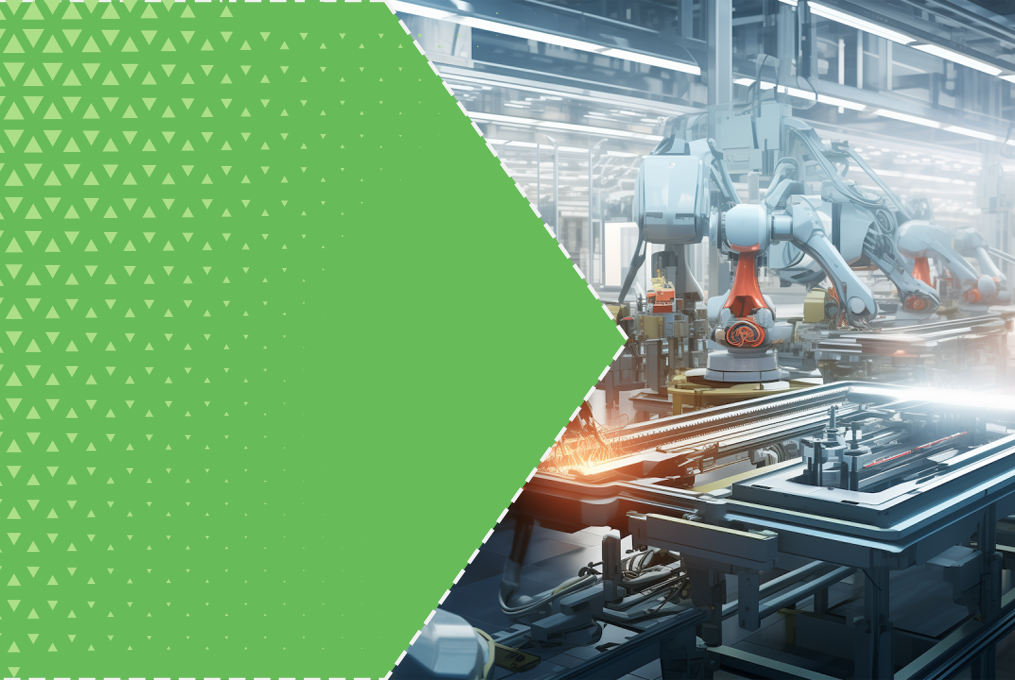Exploring the Future Trends of Sheet Metal Fabrication: Automation and Robotics

Sheet metal fabrication is a critical process in industries like construction, automotive, aerospace, and manufacturing. This process involves cutting, bending, and shaping metal sheets into various forms and products. Over the years, sheet metal fabrication has seen many advancements. Today, the industry is on the brink of a major transformation, driven by automation and robotics. Let’s explore how these technologies are shaping the future of sheet metal fabrication.
The Rise of Automation
Automation refers to the use of machines and technology to perform tasks without human intervention. In sheet metal fabrication, automation can handle repetitive and precise tasks with greater efficiency and accuracy than humans.
1. Enhanced Precision and Quality
Automated machines can cut and bend metal sheets with incredible precision. This level of accuracy ensures that every piece is made exactly to specifications, reducing errors and waste. This is especially important in industries like aerospace, where even small mistakes can have serious consequences.
2. Increased Productivity
Automated systems can work around the clock without needing breaks. This means that production can continue 24/7, significantly increasing output. For businesses, this translates to higher production rates and the ability to meet large orders faster.
3. Cost Savings
While the initial investment in automation technology can be high, the long-term savings are substantial. Automated systems reduce the need for manual labor, lower the risk of accidents, and minimize material waste. Over time, these savings can more than offset the initial costs.
The Role of Robotics

Robotics takes automation a step further by incorporating advanced robots into the fabrication process. These robots can perform complex tasks that require a high degree of precision and adaptability.
1. Versatility
Robots in sheet metal fabrication are incredibly versatile. They can be programmed to perform a wide range of tasks, from welding and assembly to material handling and quality inspection. This flexibility allows manufacturers to quickly adapt to changing production needs.
2. Improved Safety
Robotic systems can handle dangerous tasks that would be risky for human workers. For example, robots can work with heavy machinery or hazardous materials without the risk of injury. This not only protects workers but also ensures a safer working environment.
3. Consistent Quality
Robots can perform the same task repeatedly with the same level of accuracy and quality. This consistency is crucial in industries where uniformity and reliability are key. By using robots, manufacturers can ensure that every product meets the highest standards.
Integrating Automation and Robotics
The integration of automation and robotics in sheet metal fabrication is creating smart factories where machines communicate and collaborate. This is often referred to as Industry 4.0 or the Fourth Industrial Revolution.
1. Smart Machines
Smart machines equipped with sensors and connected to the internet can monitor their own performance and report any issues in real-time. This allows for predictive maintenance, where potential problems can be addressed before they cause downtime.
2. Data-Driven Decisions
With automation and robotics, manufacturers can collect vast amounts of data on their production processes. By analyzing this data, they can identify areas for improvement, optimize production schedules, and make more informed decisions.
3. Collaborative Robots
Collaborative robots, or cobots, are designed to work alongside human workers. These robots can take over repetitive or strenuous tasks, allowing human workers to focus on more complex and creative aspects of production. Cobots can also be easily reprogrammed for different tasks, making them highly adaptable.
Challenges and Considerations
While the benefits of automation and robotics are clear, there are also challenges to consider. The initial cost of implementing these technologies can be high, and there is a learning curve associated with using them effectively. Additionally, there is the issue of job displacement, as some tasks traditionally performed by humans are taken over by machines.
However, many experts believe that automation and robotics will ultimately create new opportunities. As machines take over repetitive tasks, human workers can be trained for more skilled positions, such as programming and maintaining automated systems. This shift could lead to a more skilled workforce and potentially higher wages.
Final Thoughts!
As more manufacturers adopt these innovations, we can expect to see even greater improvements in the quality and efficiency of sheet metal products. While there are challenges to overcome, the potential benefits make automation and robotics an exciting frontier in the world of sheet metal fabrication.